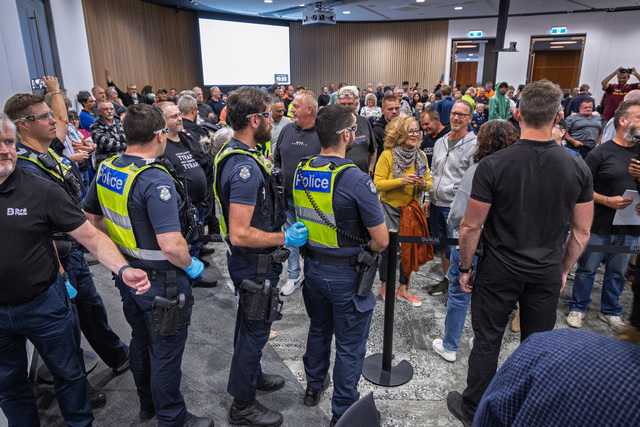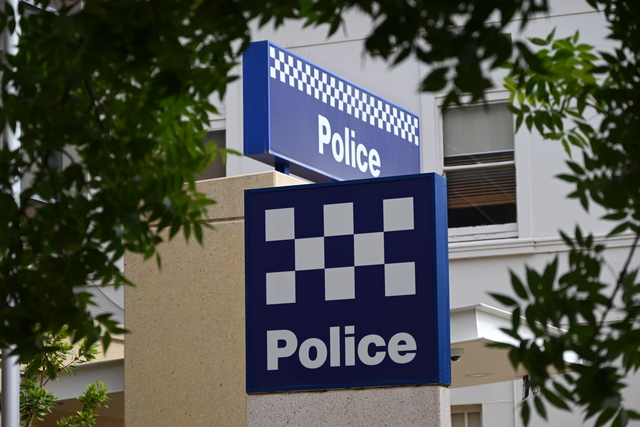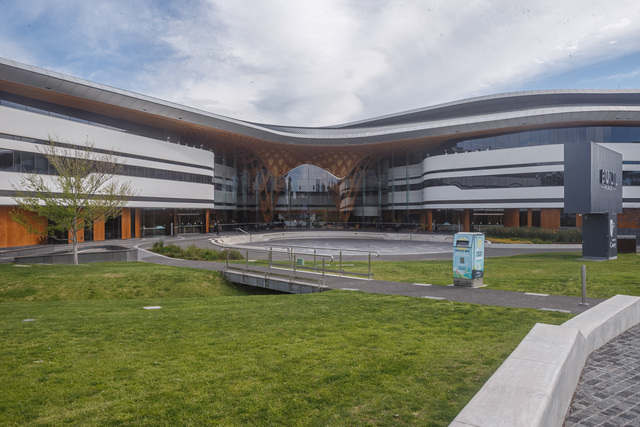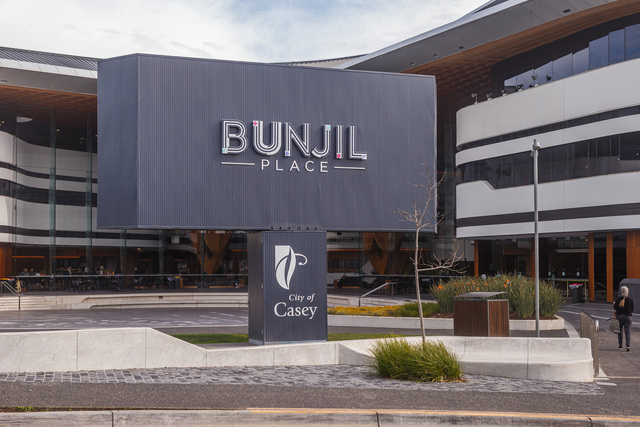By Cameron Lucadou-Wells
AN all-of-community response has helped curtail the unprecedented youth suicide cluster in Casey for the past 16 months, says a leading police official.
Inspector Wayne Viney, who commands the Casey police area, told a community health forum in Dandenong last week that the community had “faced a crisis” over a distinct youth suicide cluster over a nine-month period in 2011-12.
The issue still “weighs heavily on the community” but schools, health services and police were better placed to work together to reduce youth suicide’s “contagion effect”.
For 12 months since June 2012, there had been no “connected suicides”. Since June this year, there have been two.
During the height of the crisis, police were facing a situation which they didn’t have legislated authority or experience, and a lack of “meaningful research” on the issue, Inspector Viney said.
“We knew without doubt that the [suicide] numbers were within the clusters definition.
“We definitely found we had young people whose behaviour was influencing others. They saw others their age with similar types of issues and taking their lives.”
During the tense time, there was talk of a pact among 13 young people to take their lives by 2013, and particular schools were implicated.
Both claims could not be supported by evidence, Inspector Viney said.
He said despite voicing his opposition, an ABC-TV Four Corners program was aired at the height of the crisis. The program featured a popular suicide location, which led to a spike of suicides.
There were also forums organised by well-meaning but ill-equipped people, leading to families publicly airing their grief “which in my view didn’t do them any benefits”.
“We struggled with what media put out there, and with what we can do to influence people not to take their lives.
“There was a lot of research on what not to do, but not so much on what to do.”
Early on, police didn’t recognise the trend until Casey Council “stood up” and co-ordinated stakeholders including health, education, mental health, community services, alcohol-and-drug services and emergency services in late 2011.
That forum led to formation of an action group with an action plan.
It mapped details for all suicides and attempted suicides in the period, working with schools and emergency departments to identify young people at risk.
The group wrote to GPs and pharmacists bodies on reducing prescriptions for the drug Xanax – which has been linked to depressive side-effects surfacing in a short space of time.
There were suicide response plans formulated for schools, including a $800,000 Headspace mental health support program at 12 at-risk Casey schools.
“The reduction of suicides over a 12-month period is not due to a police response model but a whole-of-community response,” Inspector Viney said.
The forum was organised by Centre for Law Enforcement & Public Health and Enliven.






